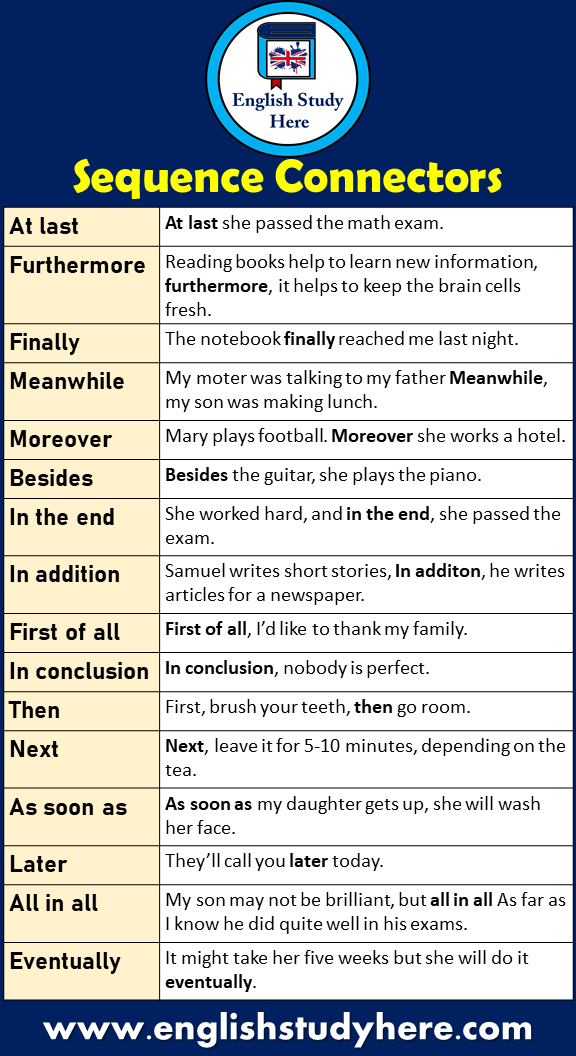


Modeling sequencing with a smaller group of students using a familiar book with a very clear narrative structure to help students understand each story component.Providing English-learners with a copy of the text in their first language allows them to participate in sequencing and demonstrate their understanding of the concept and the content. Using books in translation for picture sequencing activities.Books by Barbara Lehmann and David Weisner are helpful for older or more sophisticated students practicing sequencing. For younger students, Pancakes for Breakfast by Tomie dePaola, which humorously details a woman making pancakes from scratch, or the wordless adventures by Mark Newgarden about a small dog named Bow-Wow (e.g., Bow-Wow Bugs a Bug) are good options. There are many wordless books that can be used for sequencing with younger students and with English language learners or students with limited English proficiency. More complex sequences, such as first-next-then-last, can be used with students who are ready. Some students may benefit from the very simple beginning-middle-end format. Varying the complexity of story maps and sequencing words used.For example, in the “Beginning” box of your map, write in prompts such as: Who is the story about? Where does the story happen?

Scaffolding instruction by providing prompts for each section of the story map you are using.Differentiated instruction For second language learners, students of varying reading skill, and younger learners


 0 kommentar(er)
0 kommentar(er)
